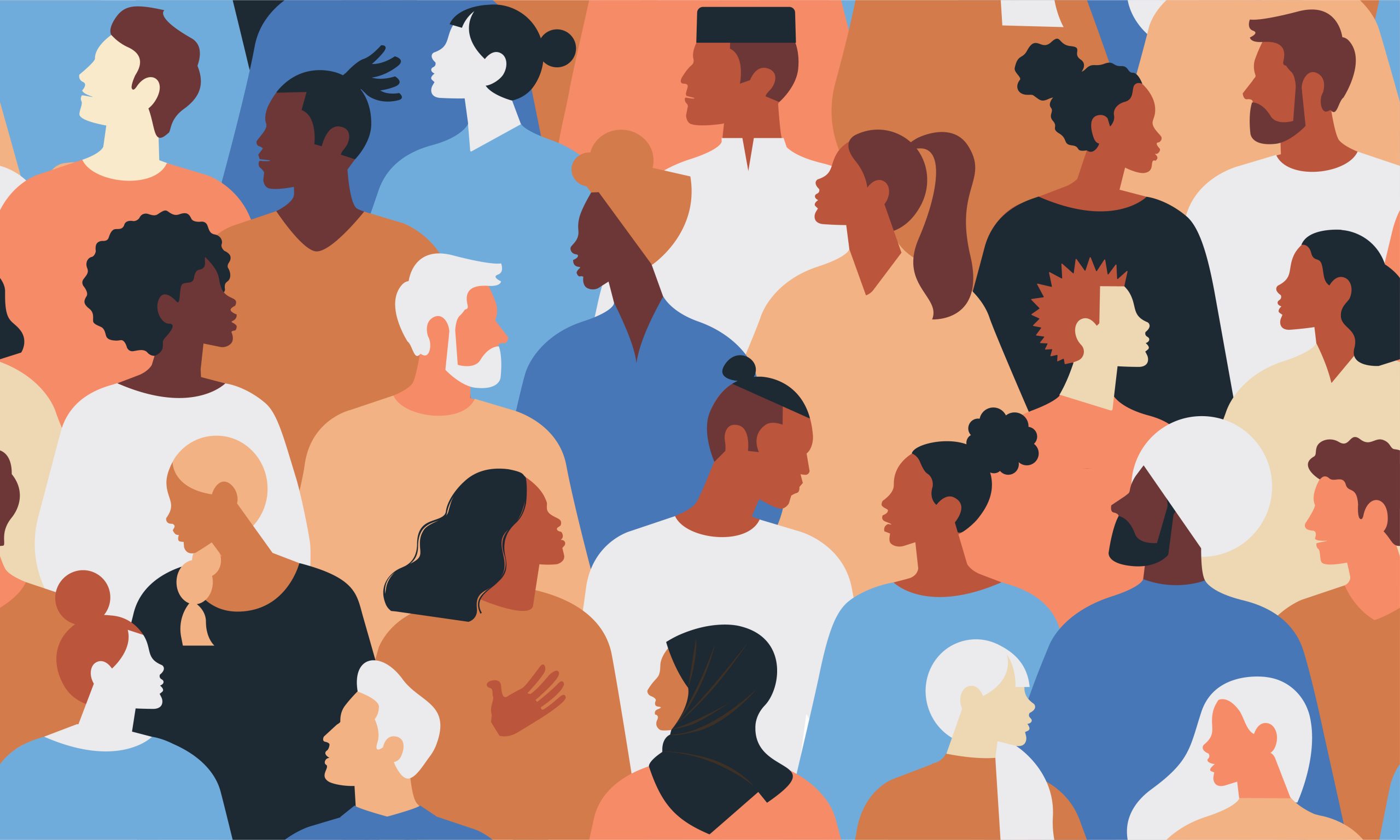The recent Supreme Court ruling overturning affirmative action sent shock waves across college campuses in the United States.
In one fell swoop, a supermajority of judges voting to limit the consideration of race in admissions processes undid years of work to address the persistent racial inequalities baked into our societies.
But the decision has sparked another crucial debate, casting a long shadow over current efforts to enhance workplace diversity and, by extension, representation. Already, experts have warned of the chill effect the Supreme Court’s decision may have on diversity programs across the corporate landscape.
Affirmative action acknowledges that historical and systemic disadvantages have hindered the progress and opportunities of racialized groups. By recognizing the impact of race on one’s experiences in various contexts, including the workplace, affirmative action plays a vital role in the journey to equity and justice. Affirmative action is not a tool for reverse discrimination but rather a means to create a more equitable and just society.
Limiting the consideration of race in admissions and hiring processes perpetuates the fallacy of a colourblind society. As Associate Justice Ketanji Brown Jackson wrote in her dissent, “With let-them-eat-cake obliviousness, today, the majority pulls the ripcord and announces, ‘colorblindness for all’ by legal fiat, but deeming race irrelevant in law does not make it so in life.”
This is the same Ketanji Brown Jackson who was told by her high school guidance counsellor that Harvard University was too high a goal. The same Ketanji Brown Jackson who then went on to graduate from Harvard magna cum laude and later became editor of the Harvard Law Review. Jackson’s story is a testament to the challenges faced by racialized people, particularly racialized women, in securing employment and advancing in their careers. Racialized people are likely to endure more rigorous interview processes, heightened scrutiny of their qualifications, and pay inequities that persist throughout their entire careers. When they do move into executive positions, they encounter additional obstacles as they use their roles to challenge systemic barriers to make space for equitable allocation of opportunities.
Roanne Weyermars, vp of communications public affairs and EDI at Coast Capital Savings, astutely points out that while the ruling has triggered a flurry of statements from corporations pledging steadfast commitment to championing diversity, equity, and inclusion “we have also very recently seen a flurry of diversity leaders and roles being eliminated – I continue to see this in my social media feed.”
In Canada, while we pride ourselves on our immigration policy and the diversity it makes way for, we must confront the reality that systemic racism persists within our borders.
To truly advance workplace diversity and inclusion, commitment does not stop after an inspirational press release. We must move beyond relying solely on legal rulings to take proactive measures. Re-examine diversity, equity and inclusion (DEI) efforts in your organization in light of the outcomes you aim to achieve; reaffirm the process and data you’ll use to get there; and recommit to carry you through these efforts. In other words, the way forward in this moment is to design DEI initiatives that are not simply window dressing. Consider:
- sharing power with those most excluded by the status quo to jointly build a better organization
- bringing the practice of DEI down to the level of everyday operations
- treating DEI-related change work with the same gravitas and importance as any other organizational improvement
- measuring what matters: the outcomes of diversity, equity and inclusion, rather than simply good intentions or vanity metrics
- translating and integrating DEI into your core mission, purpose and values Beyond the walls of the organization, we must address the broader societal structures that perpetuate inequality and advocate for systemic change.
The Supreme Court’s ruling serves as a stark reminder that we have a long way to go in dismantling these entrenched systems. Weyermars emphasizes that “it’s important to understand that not everyone is starting from the same place and that different individuals and groups are facing significant and overlapping barriers to opportunities like education and employment that many of us take for granted. A better, more inclusive future requires systems to uphold and create the conditions for deep, lasting change. Corporate leaders who have a high degree of influence over systems, policies and cultural norms are well-positioned to influence change in their workplaces and bring DEI commitments into reality.”
The Supreme Court’s ruling on affirmative action in the United States represents a significant setback in our collective efforts to combat systemic racism. Justice Sonia Sotomayor’s dissenting voice resonates deeply with the consequences of the ruling: “Today, this court stands in the way and rolls back decades of precedent and momentous progress,” she wrote, adding that the decision “cements a superficial rule of colorblindness as a constitutional principle in an endemically segregated society where race has always mattered and continues to matter.” It underscores the fact that deeming race irrelevant in law does not erase the enduring impact of racial inequality in our society.
Shilpa Tiwari is the co-founder of Isenzo, a boutique firm that takes a systems approach to ESG.







